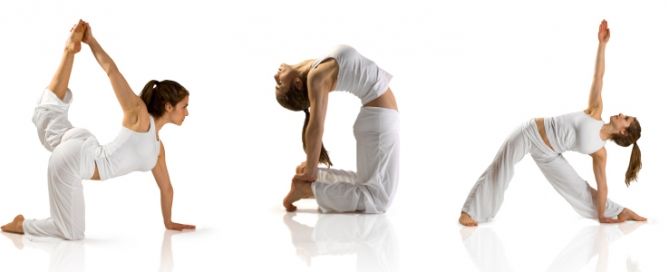Is it true that Yoga saturation is responsible for studios closing?

A thoughtful response to this by submitted by Susan Bull, a senior Iyengar yoga teacher in Vancouver.
To the Editor of the Province,
I read with interest your article (June 11th, 2014) commenting on a perceived saturation in the yoga market and the closure of smaller studios – arguably due to a burgeoning market presence of large studios such as YYoga or Bikram.
As a partner in a small North Vancouver studio, Yoga Moves, (the first private yoga studio on the North Shore) and a yoga practitioner and teacher for 34 years, I was saddened by an absence of focus on the continuing and very important role of the small studio in our lower mainland communities. I would very much appreciate continuing the conversation of the June 11th article by offering the perspective of more traditional yoga teachers operating in small studios or independently in community centres.
The growing popularity of yoga with all ages is a wonderful thing. With the potential for a potentially lucrative business enterprise, the introduction of the large studio model was inevitable. Melding traditional yoga practices with Western variations (Power, Hot, Flow, Core etc.) clearly serves a particular demographic. Some students surely benefit from the combined yoga/aerobics approaches that are prevalent in these large commercial studios.
However, it is my experience that there are many people wanting to study more traditional forms of yoga and choose a studio that offers smaller-sized classes with experienced and knowledgeable instructors, who teach in graduating levels and with sensitivity to each student’s individual needs. The importance of learning the poses precisely, (guided by the teacher’s skillful adjustments, in a safe, progressive manner) and with an emphasis on correct alignment and correct action to avoid injury, should not be underestimated.
While the instructors at large studios may or may not have sufficient expertise, it is very difficult in large classes for the teacher to provide the level of individual guidance necessary for students to move to higher levels of competence while avoiding injury. With class sizes of up to 40 students or more of varying abilities, instructor care can be significantly compromised. Unable to accurately ascertain a student’s readiness to move into more advanced poses, teachers have to leave that decision – and the liability – to the student to determine for her or himself.
For anyone coming into yoga later in life, or for anyone with pre-existing conditions, participation in large studio classes is fraught with the risk of incurring injury. The intimacy of a smaller setting with regular attendance allows teachers to understand the specific needs and vulnerabilities of each student. In fact, classes with extensive teacher/student interaction are ideal for those with chronic conditions, specific limitations or injuries. Moreover, classes restricted in size can promote the more meditative aspects of yoga, so important in helping people manage stress in their busy lives as well as in honouring the yoga philosophy embodied in a traditional practice.
Yoga includes the process of enhancing the body’s health while learning to still the fluctuations of the mind so we can abide in our own true nature. To quote Stephen Cope, “In the yoga view, the body is just the outward and visible form of an infinite, interior world of consciousness, intelligence, and compassion”. I am not sure this guiding principle survives in the more commercial centres where numbers trump intimacy, and music and power moves are popularized.
And while the opening of the large studios may indeed be contributing to the closure of some small studios in the short term, I am confident that in recognition of the expertise of traditional yoga teaching, with its emphasis on time honoured knowledge and individual guidance, the deserving smaller yoga studios and classes in other spaces will continue to flourish.
There is so much to be said about the benefits of traditional yoga. I hope The Province will consider an in-depth article shining a spotlight on the virtues and accomplishments of those qualified yoga teachers operating small studios and other venues in the Lower Mainland. I know many of my yoga colleagues would welcome the opportunity to offer their insights.
Your Sincerely,
Susan Bull (Nationally Certified Iyengar Yoga Teacher)
Yoga Moves Studio, North Vancouver, B.C.



